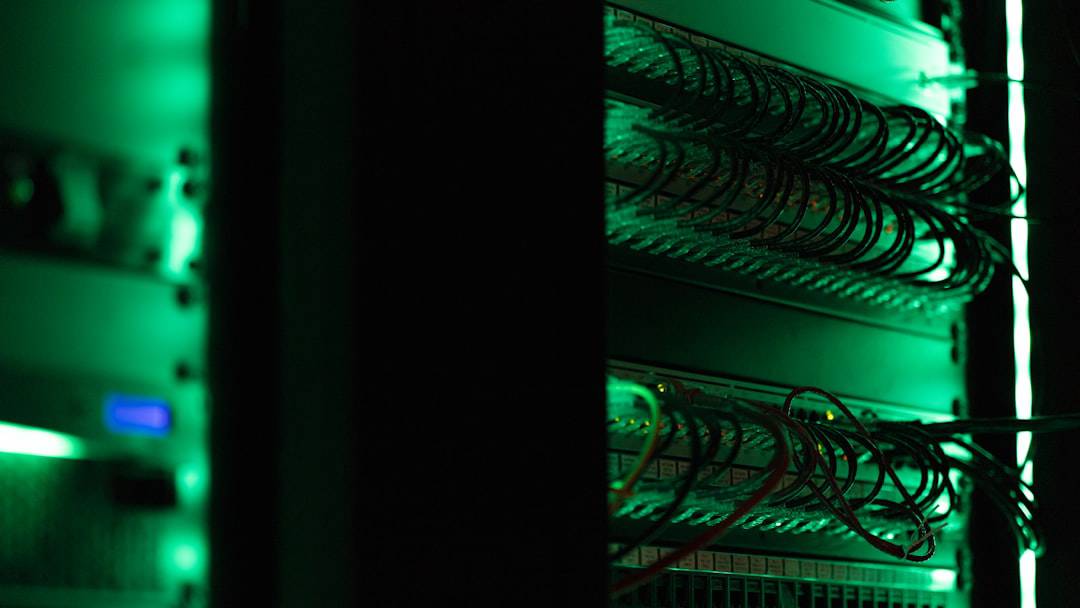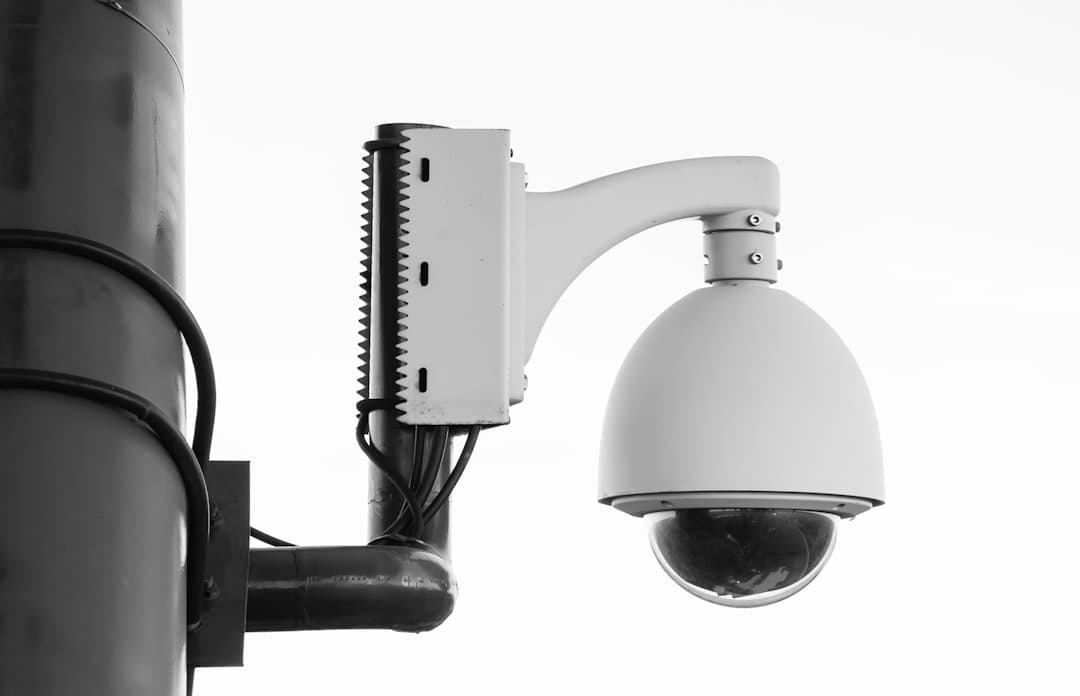Brute force login attacks are a prevalent cybersecurity threat where attackers attempt to gain unauthorized access to systems or accounts by systematically trying numerous username and password combinations. These attacks are typically executed using automated tools, enabling hackers to target multiple accounts simultaneously. The consequences of successful brute force attacks can be severe, potentially resulting in data breaches, identity theft, and financial losses.
Understanding the mechanics and potential impacts of brute force attacks is crucial for organizations to develop effective defense strategies. By comprehending the methodologies employed by attackers, businesses can implement more robust security measures to prevent unauthorized access. Staying informed about emerging trends and techniques in brute force attacks is essential, as hackers continually adapt their methods to circumvent existing security protocols.
Several strategies can be employed to mitigate the risk of brute force attacks. These include implementing strong password policies, enforcing account lockout mechanisms, deploying multi-factor authentication, monitoring and analyzing login attempts, regularly updating and patching systems, and providing cybersecurity education to users. By adopting a proactive approach to cybersecurity, organizations can significantly reduce their vulnerability to brute force attacks.
Key Takeaways
- Brute force login attacks involve automated attempts to guess usernames and passwords, often through the use of software that systematically tries different combinations.
- Strong password policies should include requirements for length, complexity, and regular updates to ensure the security of user accounts.
- Enforcing account lockout policies can help prevent brute force attacks by locking out user accounts after a certain number of failed login attempts.
- Multi-factor authentication adds an extra layer of security by requiring users to provide multiple forms of verification before accessing their accounts.
- Monitoring and analyzing login attempts can help identify and respond to potential security threats, such as unusual login patterns or multiple failed login attempts.
- Regularly updating and patching systems is essential for addressing vulnerabilities and protecting against known security threats.
- Educating users about cybersecurity best practices, such as avoiding password reuse and being cautious of phishing attempts, can help prevent successful brute force attacks.
Implementing Strong Password Policies
One of the most effective ways to protect against brute force attacks is by implementing strong password policies. This includes requiring users to create complex passwords that are difficult for hackers to guess or crack. Strong passwords should be at least 12 characters long and include a combination of uppercase and lowercase letters, numbers, and special characters.
Additionally, passwords should be unique and not reused across multiple accounts. It’s also important to regularly update passwords and avoid using easily guessable information such as birthdays, names, or common words. Implementing a password expiration policy can help ensure that users regularly update their passwords to maintain security.
Furthermore, businesses should consider using password management tools to securely store and manage passwords, reducing the risk of unauthorized access. By implementing strong password policies, businesses can significantly reduce the risk of falling victim to brute force attacks. It’s important to educate users about the importance of creating strong passwords and the potential consequences of using weak or easily guessable passwords.
By empowering users to take an active role in maintaining strong password security, businesses can create a more secure environment and mitigate the risk of unauthorized access.
Enforcing Account Lockout Policies

In addition to implementing strong password policies, enforcing account lockout policies can help protect against brute force attacks. Account lockout policies automatically lock user accounts after a certain number of failed login attempts, preventing hackers from repeatedly trying different combinations of usernames and passwords. This helps to mitigate the risk of unauthorized access and reduces the likelihood of successful brute force attacks.
By setting a reasonable threshold for failed login attempts before an account is locked, businesses can strike a balance between security and user convenience. It’s important to communicate account lockout policies to users and provide clear instructions on how to unlock their accounts in the event of a lockout. Additionally, businesses should consider implementing measures to detect and respond to suspicious login attempts, such as notifying users of potential unauthorized access or temporarily suspending accounts for further investigation.
Enforcing account lockout policies is an essential component of a comprehensive cybersecurity strategy. By proactively preventing unauthorized access through repeated login attempts, businesses can significantly reduce the risk of falling victim to brute force attacks. It’s important to regularly review and update account lockout policies to ensure they align with best practices and effectively protect against evolving security threats.
Utilizing Multi-Factor Authentication
| Metrics | Value |
|---|---|
| Number of users utilizing MFA | 500 |
| Percentage of successful MFA logins | 95% |
| Number of MFA bypass attempts | 10 |
| Time taken for MFA authentication | 5 seconds |
Multi-factor authentication (MFA) is a powerful tool for protecting against brute force attacks and unauthorized access. MFA adds an extra layer of security by requiring users to provide multiple forms of verification before gaining access to an account or system. This typically involves something the user knows (such as a password), something they have (such as a mobile device or security token), or something they are (such as biometric data).
By implementing MFA, businesses can significantly reduce the risk of falling victim to brute force attacks. Even if a hacker manages to obtain a user’s password through a brute force attack, they would still need to bypass additional layers of security in order to gain access. This makes it much more difficult for hackers to compromise accounts and systems, providing an additional barrier against unauthorized access.
It’s important for businesses to carefully consider which forms of verification are most appropriate for their specific needs and user base when implementing MFBy selecting the right combination of factors, businesses can strike a balance between security and user convenience. Additionally, businesses should provide clear instructions and support for users when setting up and using MFA to ensure a smooth implementation and user experience.
Monitoring and Analyzing Login Attempts
Monitoring and analyzing login attempts is essential for detecting and responding to potential brute force attacks. By closely monitoring login activity, businesses can identify patterns or anomalies that may indicate unauthorized access attempts. This includes tracking failed login attempts, unusual login times or locations, and repeated login attempts from the same IP address.
By leveraging security tools and technologies, businesses can gain valuable insights into login activity and quickly respond to potential security threats. This may involve setting up alerts for suspicious login attempts, automatically blocking IP addresses associated with malicious activity, or triggering additional security measures such as account lockouts or multi-factor authentication requirements. Regularly analyzing login attempts allows businesses to stay ahead of potential security threats and proactively protect against unauthorized access.
By identifying and responding to suspicious activity in real-time, businesses can significantly reduce the risk of falling victim to brute force attacks. It’s important for businesses to regularly review and update their monitoring and analysis processes to ensure they align with best practices and effectively protect against evolving security threats.
Regularly Updating and Patching Systems

Regularly updating and patching systems is crucial for protecting against brute force attacks and other security threats. Hackers often exploit vulnerabilities in software or systems to gain unauthorized access, making it essential for businesses to stay updated on the latest security patches and updates. By promptly applying patches and updates, businesses can close potential entry points for hackers and reduce the risk of falling victim to brute force attacks.
It’s important for businesses to establish a regular schedule for updating and patching systems, including operating systems, applications, and network infrastructure. This may involve leveraging automated tools or services to streamline the patch management process and ensure timely updates. Additionally, businesses should consider implementing measures to test patches before deployment to minimize the risk of disrupting operations or introducing new vulnerabilities.
Regularly updating and patching systems is an essential component of a comprehensive cybersecurity strategy. By staying ahead of potential security vulnerabilities, businesses can significantly reduce the risk of falling victim to brute force attacks and other security threats. It’s important for businesses to prioritize patch management as part of their ongoing cybersecurity efforts and allocate resources accordingly.
Educating Users about Cybersecurity Best Practices
Educating users about cybersecurity best practices is essential for creating a culture of security awareness within an organization. By empowering users with the knowledge and skills needed to recognize potential security threats and take proactive measures to protect against them, businesses can significantly reduce the risk of falling victim to brute force attacks. This includes providing training on creating strong passwords, recognizing phishing attempts, using multi-factor authentication, and understanding the importance of regular updates and patches.
It’s important for businesses to regularly communicate with users about cybersecurity best practices and provide ongoing training and support. This may involve conducting regular security awareness sessions, distributing educational materials such as newsletters or infographics, or leveraging online training platforms to deliver interactive cybersecurity training modules. Additionally, businesses should consider implementing measures to reinforce positive security behaviors and recognize users who actively contribute to maintaining a secure environment.
By educating users about cybersecurity best practices, businesses can create a more resilient defense against brute force attacks and other security threats. It’s important for businesses to foster a culture of security awareness that empowers users to take an active role in protecting against potential security threats. By investing in ongoing education and support for users, businesses can create a more secure environment and reduce the likelihood of falling victim to unauthorized access attempts.
If you are interested in learning more about the potential security risks in the metaverse, you may want to check out this article on metaverse platforms and ecosystems, virtual economies, and digital assets. It discusses the importance of protecting digital assets and the potential vulnerabilities that could arise, such as brute force login attacks.
FAQs
What is brute force login?
Brute force login is a type of cyber attack where an attacker tries to gain unauthorized access to a system by systematically trying different username and password combinations until the correct one is found.
How does brute force login work?
In a brute force login attack, the attacker uses automated software to repeatedly try different combinations of usernames and passwords until the correct one is found. This process can be time-consuming, but it can eventually lead to unauthorized access if the system’s security measures are not strong enough.
What are the risks of brute force login attacks?
Brute force login attacks can lead to unauthorized access to sensitive information, financial loss, and damage to an organization’s reputation. They can also result in the compromise of personal and confidential data.
How can organizations protect against brute force login attacks?
Organizations can protect against brute force login attacks by implementing strong password policies, using multi-factor authentication, limiting the number of login attempts, and regularly updating and patching their systems to address any vulnerabilities.
What should individuals do to protect themselves from brute force login attacks?
Individuals can protect themselves from brute force login attacks by using strong, unique passwords for each of their accounts, enabling multi-factor authentication whenever possible, and being cautious about the websites and services they use.











Leave a Reply